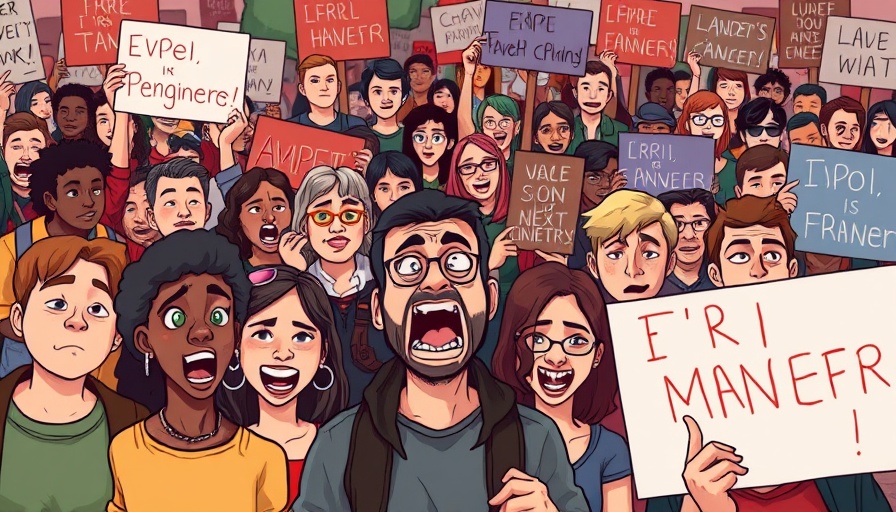
Understanding Latinidad: A Complex Identity
In the modern landscape of activism and community, the term Latinidad emerges as an essential concept, often representing a collective identity among Latin American descendants. The notion encompasses a wide variety of experiences and backgrounds, underlining both shared histories and distinctive cultural nuances. Recognizing the multifaceted nature of Latinidad is critical, especially in discussions surrounding solidarity and collective action.
The Role of Solidarity in Latinidad
Solidarity among Latinx communities is rooted in shared challenges, particularly those shaped by socio-economic factors and political landscapes across North and Central America. This connection is not merely a checkbox for intersectional inclusion but rather a crucial exercise in empathy and shared purpose. In places where anti-immigrant sentiment and systemic disparities abound, solidarity is a mechanism through which communities can harness power, advocating not just for their rights but for the dignity of all.
Counterarguments: The Pitfalls of Unity
However, the idea of unity under Latinidad can sometimes obscure the differences within communities. Critics argue that not all experiences can be generalized; for instance, the socioeconomic backgrounds of Mexican Americans can vastly differ from Puerto Ricans or Cubans. Acknowledging these divergences is vital to foster genuine understanding while ensuring that no subgroup's unique issues are overshadowed by a blanket identity.
Inspirational Movements and Community Action
Movements around the theme of Latinidad and solidarity continue to gain momentum, often catalyzed by grassroots organizations advocating for social change. Notable examples include collaborations between the Dreamers’ movement and other civil rights organizations that seek to dismantle the barriers imposed by immigration policies. These coalitions offer insights into how solidarity can transcend divisions, paving the way for comprehensive reform and community resilience.
Future Trends: The Evolution of Latinidad
As Latinx communities continue to navigate new societal landscapes, particularly in response to current events affecting immigration and human rights, the concept of Latinidad may evolve. Going forward, we might see a shift towards more inclusive dialogues that appreciate the complexities within Latinidad while still promoting collective action. This evolution will depend on proactive engagement from younger generations who are increasingly using social media platforms to shape narratives and challenge stereotypes associated with their identities.
Final Thoughts on Community Engagement
In understanding the intersections of Latinidad and solidarity, it becomes ever more critical to engage in discussions that reflect the diversity of experiences and advocate for collective empowerment. The journey toward lasting social change may be long and fraught with challenges, but embracing these conversations is the first step toward bridging divides and fostering a cohesive community.
 Add Row
Add Row  Add
Add 




 Add Row
Add Row  Add
Add 

Write A Comment